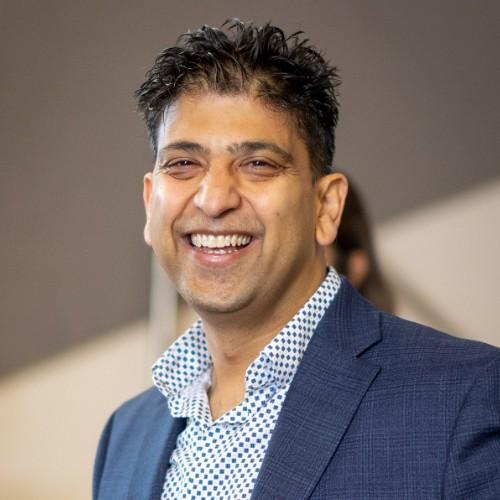
Term life insurance is a type of life insurance that provides coverage for a specific period of time, known as the term of the policy. Term life insurance is typically less expensive than other types of life insurance, such as whole life insurance or universal life insurance, and it is a good option for individuals who need temporary coverage or who want to provide financial protection for a specific goal, such as paying off a mortgage or providing for their family's financial needs during their working years.
Term life insurance policies generally have two main components: the death benefit and the premium. The death benefit is the amount of money that the policy pays to the policyholder's beneficiaries upon the policyholder's death. The premium is the regular payment that the policyholder makes to keep the policy in force. Premiums for term life insurance policies are typically based on the policyholder's age, health, length, and amount of coverage, and they may be higher for individuals who are older or who have certain health conditions.
Term life insurance policies are typically available in terms of 10, 20, or 30 years, although some insurance companies may offer other term lengths as well. Policyholders can choose the term length that best meets their needs and budget, and they can generally renew their policies at the end of the term or convert the policy to a permanent policy, such as whole life insurance or universal life insurance, without undergoing a medical examination.
Who should consider buying Term Life Insurance Policy?
Term life insurance is a good option for individuals who want to provide financial protection for a specific period of time, such as to cover a mortgage or to provide for their family's financial needs during their working years. Term life insurance is typically less expensive than other types of life insurance, such as whole life insurance or universal life insurance, and it provides coverage for a specific period of time, after which the policy expires.
There are several types of individuals who may want to consider buying a term life insurance policy, including:
Individuals with young children: Term life insurance can provide financial protection for a policy holder's family in the event of their death, helping to ensure that the family has the resources they need to cover expenses such as housing, education, and living expenses.
Individuals with short-term financial obligations: Term life insurance can be a good option for individuals who have short-term financial obligations, such as a mortgage or a car loan, that they want to protect. The death benefit can be used to pay off these obligations and provide financial stability for the policy holder's family.
Individuals with high-risk jobs: If an individual has a job that exposes them to a higher risk of injury or death, such as a military officer or a first responder, term life insurance can provide financial protection for their family in the event of their death.
Individuals with limited budgets: Because term life insurance is typically less expensive than other types of life insurance, it can be a good option for individuals who have limited budgets but still want to provide financial protection for their loved ones.
It is important to carefully consider your financial needs and goals when deciding whether term life insurance is the right choice for you. We can help you understand the different types of life insurance available and how to choose the right policy for your needs and budget.
You may also consider adding additional protection to your term life insurance policy with various riders.
Life insurance riders are additional provisions that can be added to a life insurance policy to customize the coverage and provide additional benefits. Riders can be added to term life insurance, whole life insurance, and universal life insurance policies, and they typically come with an additional premium.
Here are some examples of riders that may be available for term life insurance policies:
Accidental death benefit rider: This rider provides an additional death benefit if the policy holder dies as the result of an accidental injury.
Waiver of premium rider: This rider waives the policy holder's premium payments if they become disabled and are unable to work.
Long-term care rider: This rider provides coverage for long-term care expenses, such as nursing home care or in-home care, if the policy holder becomes disabled and requires ongoing care.
Children's term rider: This rider provides term life insurance coverage for the policy holder's children. The coverage typically terminates when the children reach a certain age, such as 25 or 30.
Spouse rider: This rider provides term life insurance coverage for the policy holder's spouse. The coverage is typically equal to a percentage of the policy holder's coverage, such as 50%.
Return of premium rider: This rider provides a refund of the policy holder's premiums if they outlive the term of the policy.
It is important to carefully review the terms and conditions of any riders that you are considering adding to your term life insurance policy, and to understand the additional premiums and exclusions associated with the riders.
Here are some key terms that are commonly used in term life insurance policies:
Term: The term of a term life insurance policy is the length of time that the policy provides coverage. Term life insurance policies are typically available in terms of 10, 20, or 30 years, although some insurance companies may offer other term lengths as well.
Death benefit: The death benefit is the amount of money that the policy pays to the policy holder's beneficiaries upon the policy holder's death. The death benefit is typically the primary reason that individuals purchase term life insurance, as it provides financial protection for the policy holder's loved ones in the event of their death.
Premium: The premium is the regular payment that the policy holder makes to keep the policy in force. Premiums for term life insurance policies are typically based on the policy holder's age, health, and the length and amount of coverage, and they may be higher for individuals who are older or who have certain health conditions.
Insured: The insured is the person who is covered by the term life insurance policy. The insured is typically the policy holder, but it can also be a spouse or other family member.
Beneficiary: The beneficiary is the person or entity that receives the death benefit upon the policy holder's death. The policy holder can choose one or more beneficiaries to receive the death benefit, and they can also specify how the death benefit should be distributed among the beneficiaries.
Renewable: A renewable term life insurance policy allows the policy holder to renew the policy at the end of the term without undergoing a medical examination. Renewable term policies typically have higher premiums than non-renewable policies, but they offer the convenience of allowing the policy holder to extend their coverage without the need for additional underwriting.
Convertible: A convertible term life insurance policy allows the policy holder to convert the policy to a permanent policy, such as whole life insurance or universal life insurance, without undergoing a medical examination. Convertible policies typically have a conversion option that allows the policy holder to convert the policy within a certain time frame, usually within the first few years of the policy.

My goal is simple, protect what is important to you. I focus my energy on discovering your exposure to risk and building a comprehensive plan to protect you against those risk.